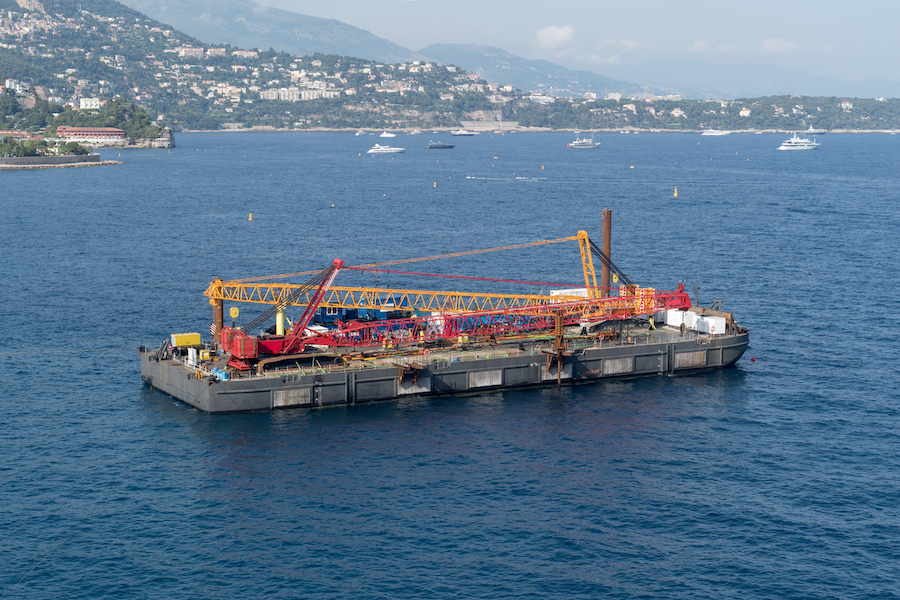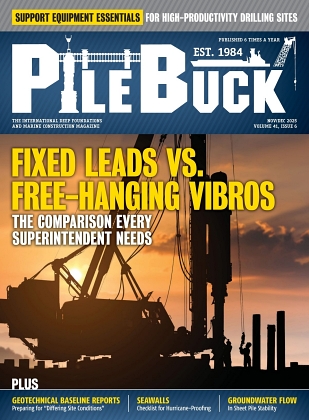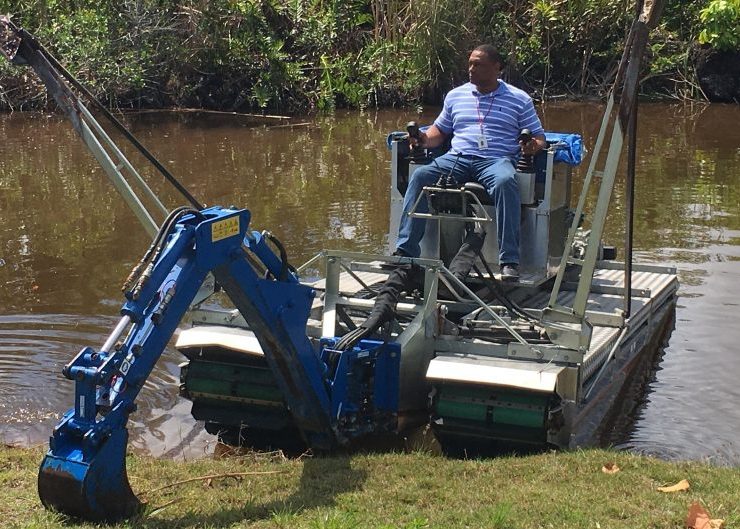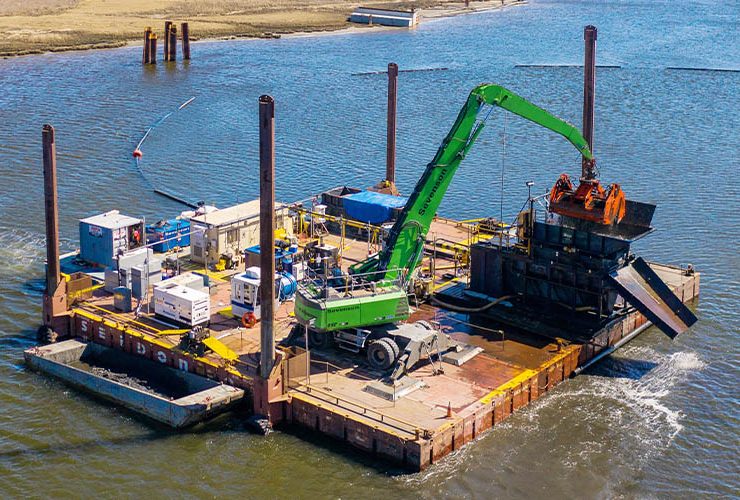Deck Barge Safety – Part II


In the first part of our Deck Barge Safety series, we discussed how to avoid slips, trips, and falls while working on one of the thousands of deck barges in operation in the United States. In part two, we tell you about other hazards on deck barges, such as fires, and how to avoid them.
Confined/Enclosed Spaces
Picture you are in your home, hanging out on the couch, binging on your favorite TV show. You eat the soup you just heated up on your gas stove. Then you fall asleep. But you forgot to turn the burner off. If you were outside and left your gas grill on, you’re going to wake up. Inside, it’s goodnight world.
On barges, there are watertight compartments and other areas with inadequate ventilation. The barge may be hauling flammable or toxic materials. You know, things that can blow up or release deathly toxins. Or a poorly ventilated area just doesn’t provide enough oxygen for the average human.
Deadly Atmosphere
The Occupational Safety and Health Administration (OSHA) describes the following examples where a deadly atmosphere can develop:
On a leased barge, you have no idea what the previous occupants may have done – like using an area on the vessel as a slop tank. (Which is why you should carefully inspect the barge and ask questions about its use before you lease it.) Other scenarios include fuel spills that have entered the tank and could explode. Or paint applied to the tank that can ignite if it is not removed before doing any hotwork.
In addition to a visual inspection, the atmosphere should be tested with a combustible gas detector prior to entering the space. This test should also be performed if any hotwork is planned on the tank exterior to determine if it is coated with a flammable material.
Sources of Toxins
Identifying toxic materials in the atmosphere is a bit trickier. A qualified person (such as a marine chemist) should conduct the tests. There are many toxic sources, including:
- Uncured paint within an enclosed space where off-gassing causes the release of toxic vapors.
- An open tank cover that has allowed engine exhaust to seep in and increase the carbon monoxide within the tank to a lethal level.
- Spills, waste, or slop that enters a space from the deck barge above and creates a toxic compound within it.
Any enclosed space on a deck barge should be viewed with suspicion and entered with extreme caution. When in doubt, have the area tested before you enter or begin any hotwork.
Fire
There are many conditions on a deck barge that can cause a fire. Fuel tanks and compressed gas tanks are an obvious source. But hotwork, like welding and drilling, can provide the spark that starts a fire. Depending on what is being hauled on the barge, the fire can cause an explosion. Even a good pair of work shoes and personal protective equipment (PPE) is not likely to help you in that situation.
OSHA recommends the follow steps to avoid fires:
Fuel
- Safely store fuel and compressed gas tanks.
- Store the minimum amount of flammable or combustible materials needed for the planned operations and maintenance.
- Protect fuel sources. You want them far away – or in some way blocked – from ignition sources.
- If you smell gas or fuel, stop working! Investigate the source and don’t begin work again until it is safe to do so.
Hotwork
- Have a qualified person test and approve an area before hotwork
- Check the space below before you begin any hotwork to ensure there is nothing flammable or combustible there.
- Cover openings to keep sparks from flying into other areas.
- Have another employee on fire watch. You should determine in advance where sparks are likely to fall.
- Never leave oxygen or acetylene hoses unattended.
Electrical Fires
To avoid electrical fires, OSHA recommends that electrical systems are installed only by a qualified marine electrician and inspected regularly. Remember that saltwater is very corrosive – be sure to also inspect connections, switches, and wiring. Have a professional fix any issues immediately.
Other
- Post signage that lets workers know what is being stored and the level of danger.
- Have fire extinguishers close by work areas. They should be inspected regularly.
- Keep the work area clear of anything that can catch fire or explode.
U.S. Coast Guard Regulations for Uninspected Vessels
The U.S. Coast Guard (USCG) has specific regulations for fire extinguishers, back flame control, and ventilation on uninspected vessels. They include:
- Fire extinguishing systems must be able to put out fires involving flammable liquids, greases, and the like.
- You must inspect and weigh portable fire extinguishers every six months.
- You must keep a minimum number of B-II hand-portable fire extinguishers onboard based on the vessel’s weight as follows:
- Under 50 tons: One
- 50-100 tons: Two
- 100-500 tons: Three
- 500-1,000 tons: Six
- Over 1,000 tons: Eight
Vessels must also be equipped with backfire flame control. Fuel tanks and engine spaces must have enough ventilation to prevent the buildup of gases from the bilges and fuel tank compartments.
Machinery and Equipment
Working with machinery and equipment is the most dangerous part of nearly any job. Particularly on a deck barge that may be far from an emergency room. Workers must protect themselves with proper PPE. Securing and storing the machinery and equipment on the vessel is also important, since workers have been maimed and killed by falling objects or moving equipment.
OSHA recommends the following to reduce hazards from machinery and equipment:
- All equipment must be inspected before it is used.
- All equipment should be maintained regularly. Ensure the equipment is shut down before starting any repairs.
- Only trained workers should use and maintain equipment.
- Secure equipment – for example using temporary or permanent rails – to keep workers from accidentally driving equipment off the barge or dock.
- Install retaining pins and secure with a locking device.
- Use proper guarding for equipment controls. Emergency shutoffs should be easy to reach.
Hoists, Cranes, and Derricks
Workers can be seriously injured and killed if they are hit by the hoist’s boom or by the load being lifted. OSHA recommends the following to reduce these hazards:
- Never stand under the boom or a suspended load. Stay clear of the area if you are not needed for the operation.
- Wear the appropriate PPE at all times. This includes the proper footwear, goggles, gloves, and head gear.
- Regularly inspect hoisting systems. This includes welds, rivets, chains, etc.
- Use a safety chain to secure power blocks.
- Make sure cranes are properly secured to the barge.
Winches
A worker can be caught in a winch drum or struck by a broken cable. OSHA recommends the following safety procedures:
- Never use your hand to keep the winch line spooling properly. Only use a device or tool.
- If possible, enclose the winch drum in a cage.
- If you are not involved in the operation, stay off the deck.
- Lines or cables connected to winches and under tension are dangerous within 15 degrees of either side. Do not stand in, on, over, or in line of any cable or line under tension.
- Do not walk over or step on the winch drum. Never stand in the bight of a line.
- Inspect the winch system regularly for deficiencies, such as cracked welds. The lines and cable systems should also be inspected for damage or deterioration.
- Install a guard between the winch operator and the connected cables to prevent whiplash.
Conclusion
There are many hazards to workers on a deck barge. The risk of these hazards can be greatly reduced by following OSHA’s safety procedures. PPE, atmospheric testing, and proper training go a long way in protecting workers. You and your team are worth the time and investment.
How can workers on deck barges avoid the risks of confined spaces, and what measures should be taken to ensure safety in enclosed areas?
Workers should be cautious in enclosed spaces, conduct thorough inspections, and test the atmosphere for combustible gases before entry, especially in areas with potential sources of toxins, ensuring safety protocols are followed.
What are the U.S. Coast Guard regulations for fire safety on uninspected vessels, and how can workers prevent fires while handling machinery and equipment on deck barges?
USCG regulations include requirements for fire extinguishers, back flame control, and ventilation, while preventing fires involving machinery and equipment involves regular inspections, proper maintenance, securing equipment, and following safety guidelines recommended by OSHA.

















